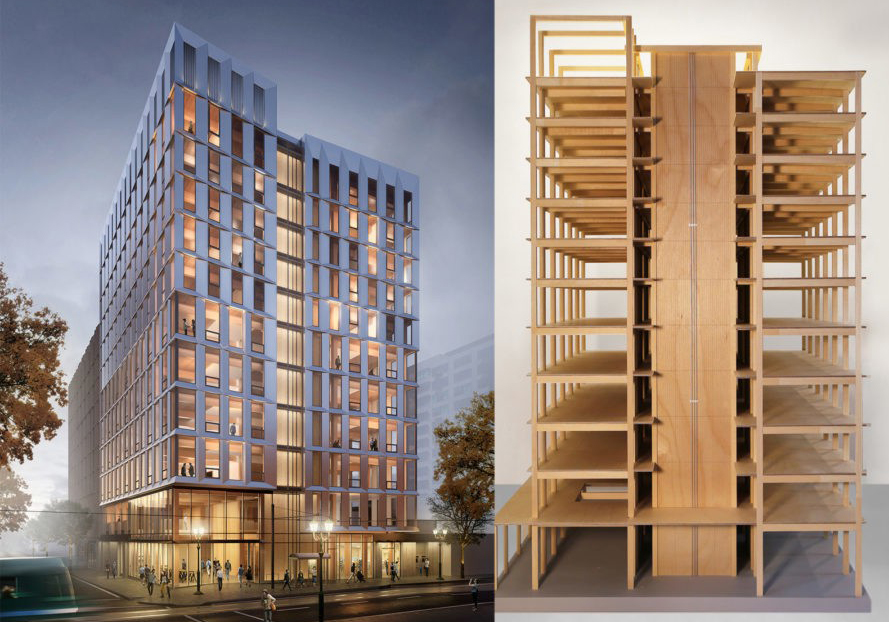
Kevin Baumgartner
Director, CLS
GRS | Corteq
(305) 547-9879
[email protected]
There has been some interesting coverage lately of the increased proliferation of wooden commercial real estate buildings. One of the most significant examples recently is a six-story mixed-use development in Chicago being built by Hines, which is set to total 270,000 square feet.
With such a significant company taking on this endeavor, it’s important to note the pluses of building with wooden materials.
First of all, wood is lighter than steel, which removes the use for as much crane support, which in turn, leaves less room for construction-site mistakes that can be caused by a heavy dead load.
Surprisingly to some too, the wood being used in these developments is more fire resistant than other materials due to the way the timber is assembled and treated, using cross lamination. And in extreme cases, if you have a localized fire in a high rise, the wood will char up in certain areas. Its structure isn’t lost because the material doesn’t twist and melt like steel.
There are also advantages from a seismic standpoint, due to its flexibility and the way the joinery works in those developments. A great example is Japan. There is plenty of earthquake activity shaking that country’s islands. That is why wooden buildings are so prevalent in Japan. The world’s reportedly oldest wooden building, Horyu-Ji Temple, was built in 607 A.D. and has been said to have withstood 46 seven-magnitude earthquakes.
Depending on the structure’s locale, wood can also be less expensive. Despite the cost of the raw material, it is easier to transport because it weighs less than almost any other material. It can also be used for any type of commercial real estate asset.
This could be a wave of the future in the industry. Chicago is at the vanguard of high rise buildings, and most developers are copycats when it comes to design.
The only downside that firms need to be aware of is that these structures aren’t best built around areas that have termite problems and other problematic insects. However, the wood can be treated to combat that issue.
But I see wooden high rises as something we will see more of in the future. There are too many advantages for the commercial real estate community to overlook.
About GRS Group
GRS Group is a leading provider of commercial real estate (“CRE”) services worldwide. With offices across the United States, Europe, and affiliates around the globe, GRS Group provides local market knowledge with a global perspective for institutional real estate investors, occupiers and lenders worldwide. The GRS Group team has evaluated and advised on over $1 trillion in CRE transactions.
Through the company’s proprietary management process, Global Services Connection, GRS Group delivers an integrated suite of services including Financial Advisory, Transaction Management, Assessment and Title Insurance. We provide a single point of contact, capable of leveraging the GRS Group portfolio of companies and delivering customized solutions to assist our clients in achieving their investment goals.

